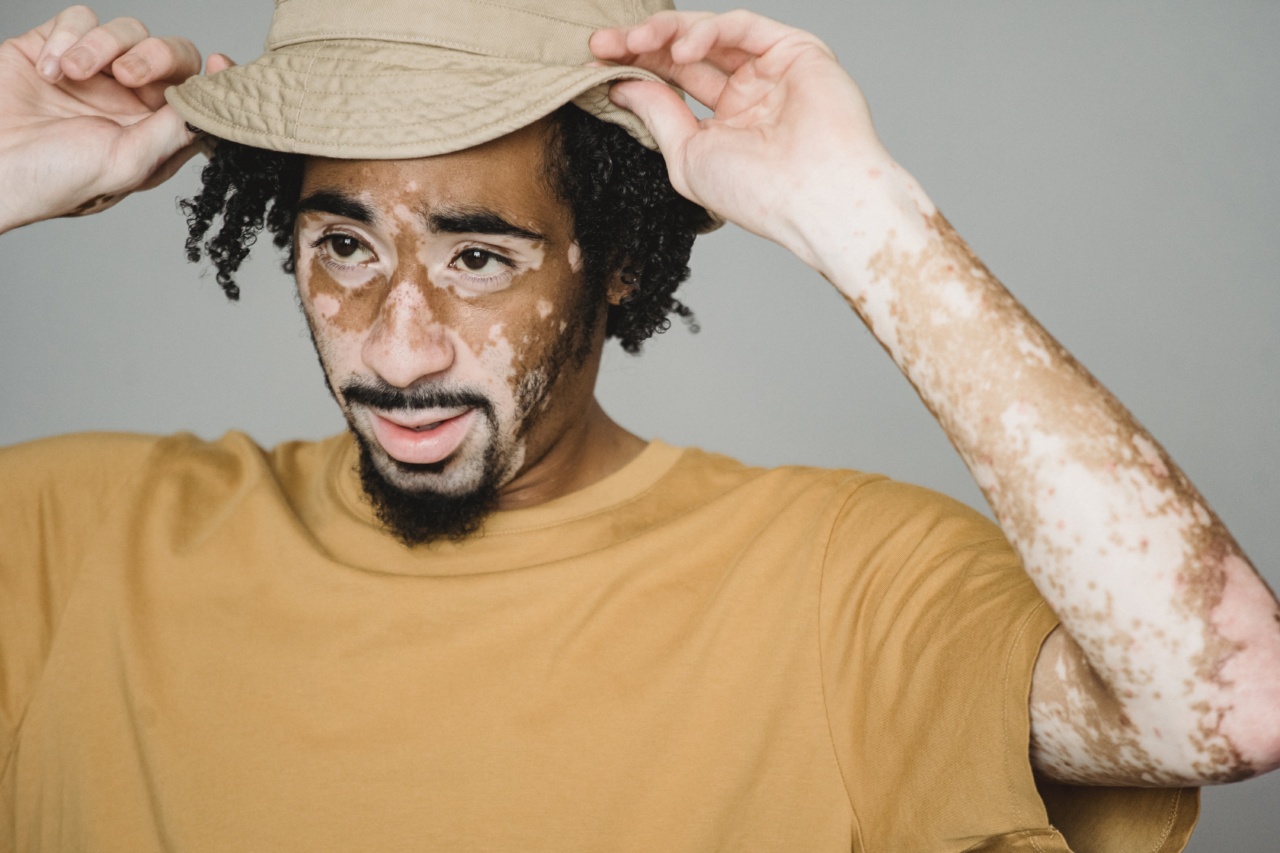Our skin is the largest organ of the body and plays a crucial role in protecting us from external factors. However, it is also susceptible to various diseases and conditions that can affect its appearance and health.
Spotting and identifying these skin diseases early on is important for prompt treatment and management.
1. Acne
Acne is a common skin condition that occurs when hair follicles become clogged with oil and dead skin cells. It appears as red or inflamed bumps on the skin, commonly found on the face, chest, and back.
Acne can vary in severity, with some cases leading to scarring if not properly treated.
2. Eczema
Eczema, also known as atopic dermatitis, is a chronic condition characterized by itchy and inflamed skin. It often appears as red, dry, and flaky patches, and can be triggered by certain allergens or irritants.
Eczema commonly affects areas such as the hands, elbows, and knees.
3. Psoriasis
Psoriasis is a chronic autoimmune disease that speeds up the growth cycle of skin cells, causing a buildup of thick, scaly patches on the skin’s surface.
These patches can be red, silvery, or white in appearance and often result in itching and discomfort. Psoriasis commonly affects the scalp, elbows, knees, and lower back.
4. Rosacea
Rosacea is a chronic inflammatory skin condition that primarily affects the face. It appears as redness, flushing, and visible blood vessels, often accompanied by small, pus-filled bumps.
Rosacea can cause a burning or stinging sensation on the skin and may worsen with triggers such as heat, spicy foods, or alcohol.
5. Hives
Hives, also known as urticaria, are raised, itchy welts that appear on the skin due to an allergic reaction. They can vary in size and shape and often disappear within a few hours or days.
Hives can be triggered by various factors, including certain foods, medications, infections, or environmental allergens.
6. Dermatitis
Dermatitis refers to inflammation of the skin and can have various causes, such as allergic reactions, irritants, or genetic factors. It appears as red, itchy, and swollen skin, often accompanied by blisters or oozing.
Contact dermatitis can occur when the skin comes into contact with substances like certain soaps, metals, or plants.
7. Impetigo
Impetigo is a highly contagious bacterial skin infection that commonly affects children. It appears as red sores or blisters, often around the mouth and nose. These sores can burst, forming a yellowish crust.
Poor hygiene or close contact with an infected person can contribute to the spread of impetigo.
8. Ringworm
Ringworm, despite its name, is not caused by worms but by a fungal infection. It appears as a red or silver ring-shaped rash on the skin, often with scaly edges.
Ringworm is contagious and can spread through direct contact with an infected person, animal, or contaminated objects such as towels or brushes.
9. Shingles
Shingles is a viral infection caused by the varicella-zoster virus, the same virus that causes chickenpox. It appears as a painful rash that typically forms a stripe or band on one side of the body.
The rash consists of fluid-filled blisters that can break open and crust over. Shingles is more common in older adults or individuals with weakened immune systems.
10. Actinic Keratosis
Actinic keratosis is a precancerous skin condition caused by long-term sun exposure. It appears as rough, scaly patches on areas of the skin that are frequently exposed to the sun, such as the face, scalp, ears, and hands.
Actinic keratosis should be monitored and treated promptly to avoid the development of skin cancer.




























